
Abstract
The vigorous development of maker education has greatly encouraged educators to actively engage in research and exploration, and primary and secondary school teachers have also accumulated rich experience. This study uses Arduino hardware as a teaching medium and Mixly software as a platform for teaching practice activities, illustrating how to construct the CIA teaching model based on Arduino hardware programming through the “Automatic Watering Device” lesson, providing effective references for primary and secondary schools to carry out maker education.
Keywords
Arduino; CIA; Teaching Model
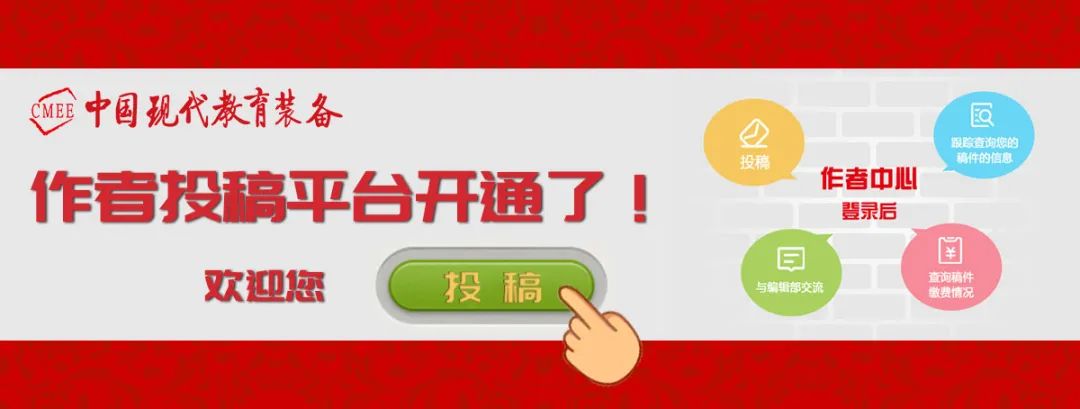
1
Research Platform
2
Theoretical Support and Overview of the CIA Teaching Model
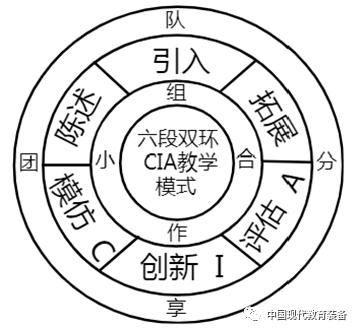
3
Classroom Practice
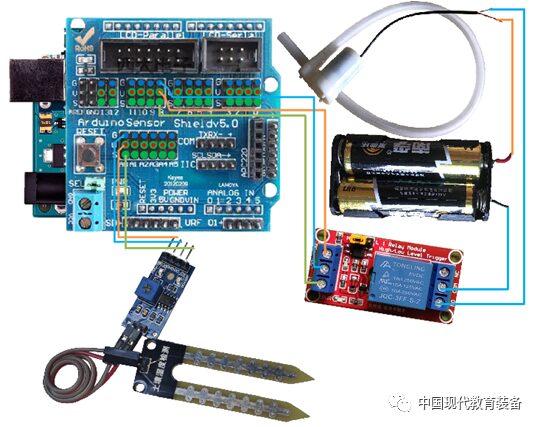
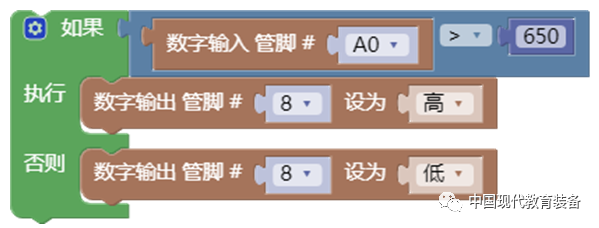
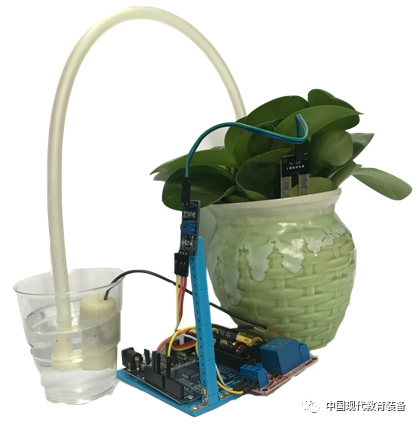
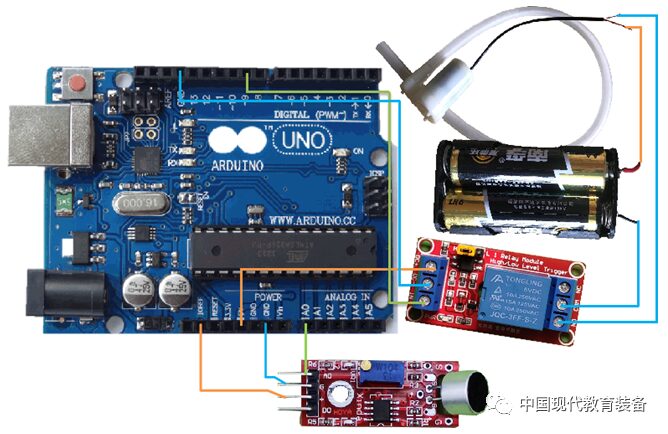
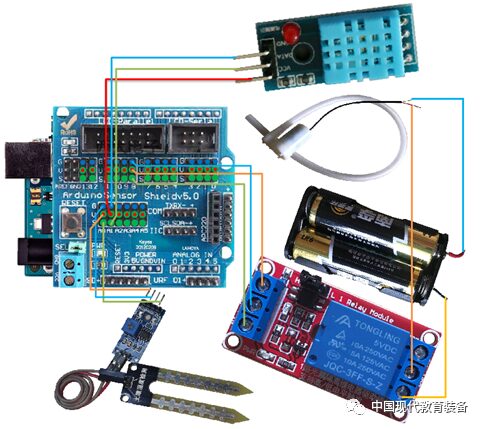
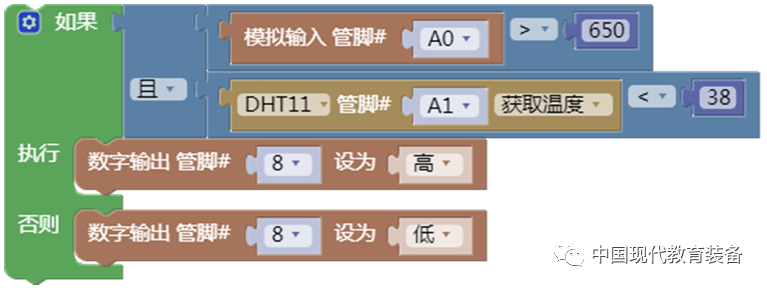
4
Conclusion
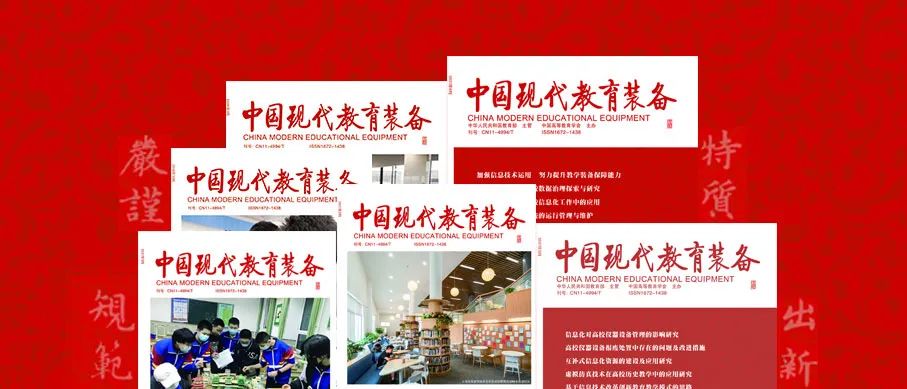
Welcome to Subscribe to the Journal “China Modern Educational Equipment”!
References
[1] Huang Fuquan, Wang Benlu. Modern Teaching Theory Course [M]. Beijing: Education Science Press, 1998:336.
[2] Yu Wensen, Liu Jiafang, Hong Ming. Basic Course on Modern Teaching Theory [M]. Jilin: Northeast Normal University Press, 2007:173-174.
[3] Bing Jie. Conducting STEM Education in Elementary Schools with Arduino [J]. China Ethnic Education Journal, 2018(8):57-58.
[4] Chen Xuesong, Bing Jie. Arduino Maker [M]. Chengdu: Sichuan Electronic Audio-Visual Press, 2020:110-114.
[5] Zhang Xiaorong, Bing Jie. Practice and Innovation – STEM Curriculum for Primary and Secondary Schools Grade Five [M]. Chengdu: Sichuan Electronic Audio-Visual Press, 2020:2-12.